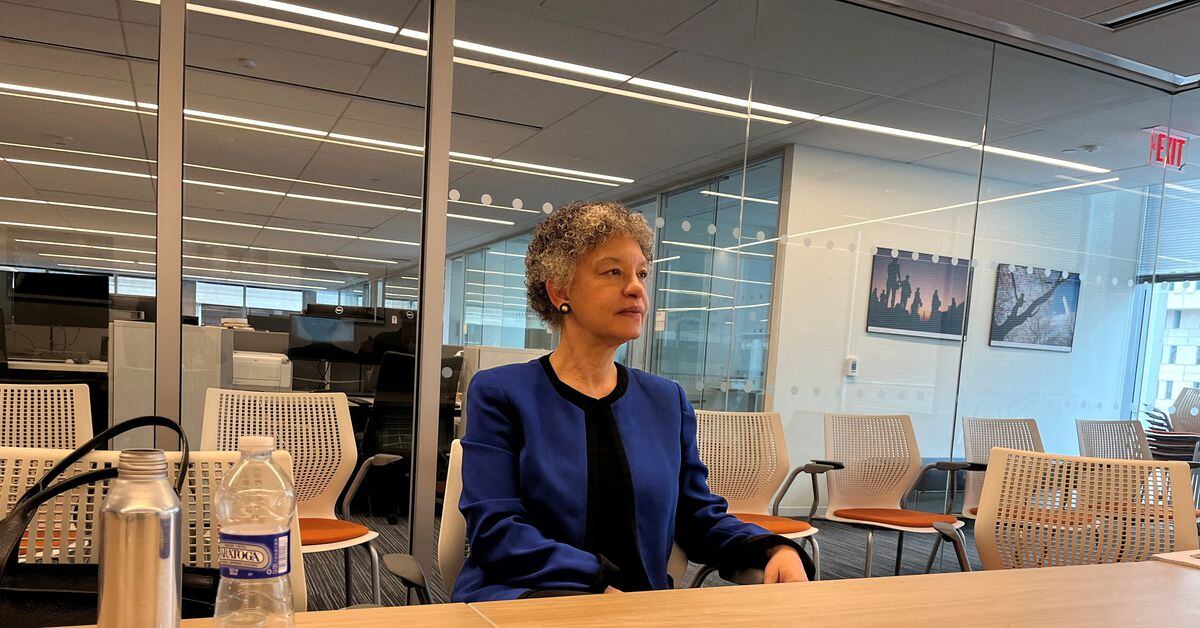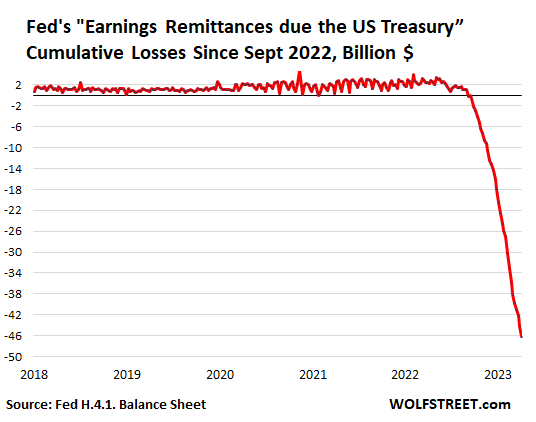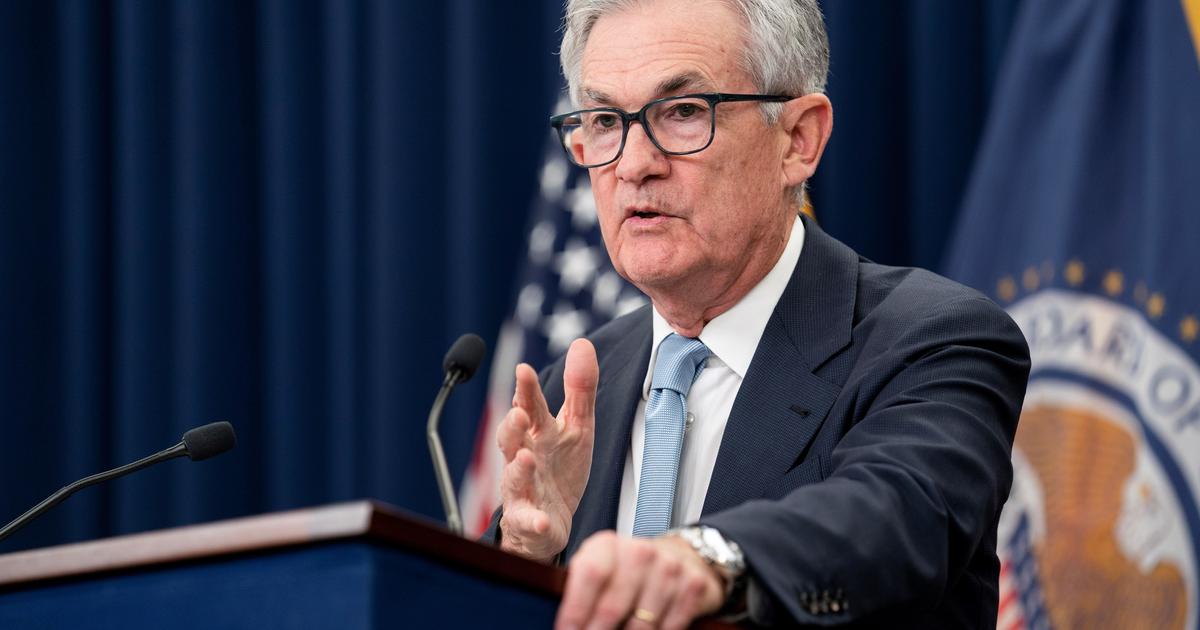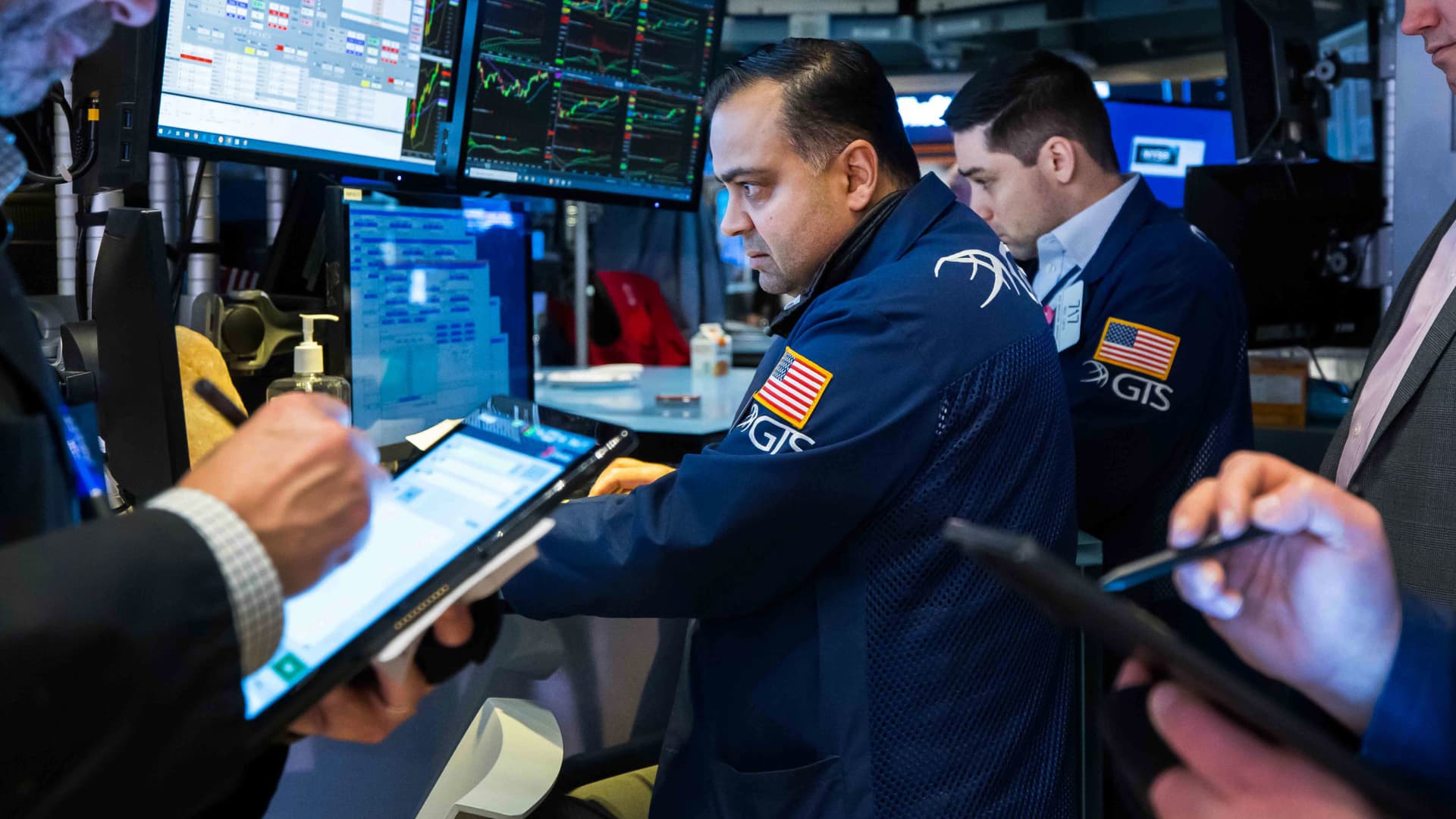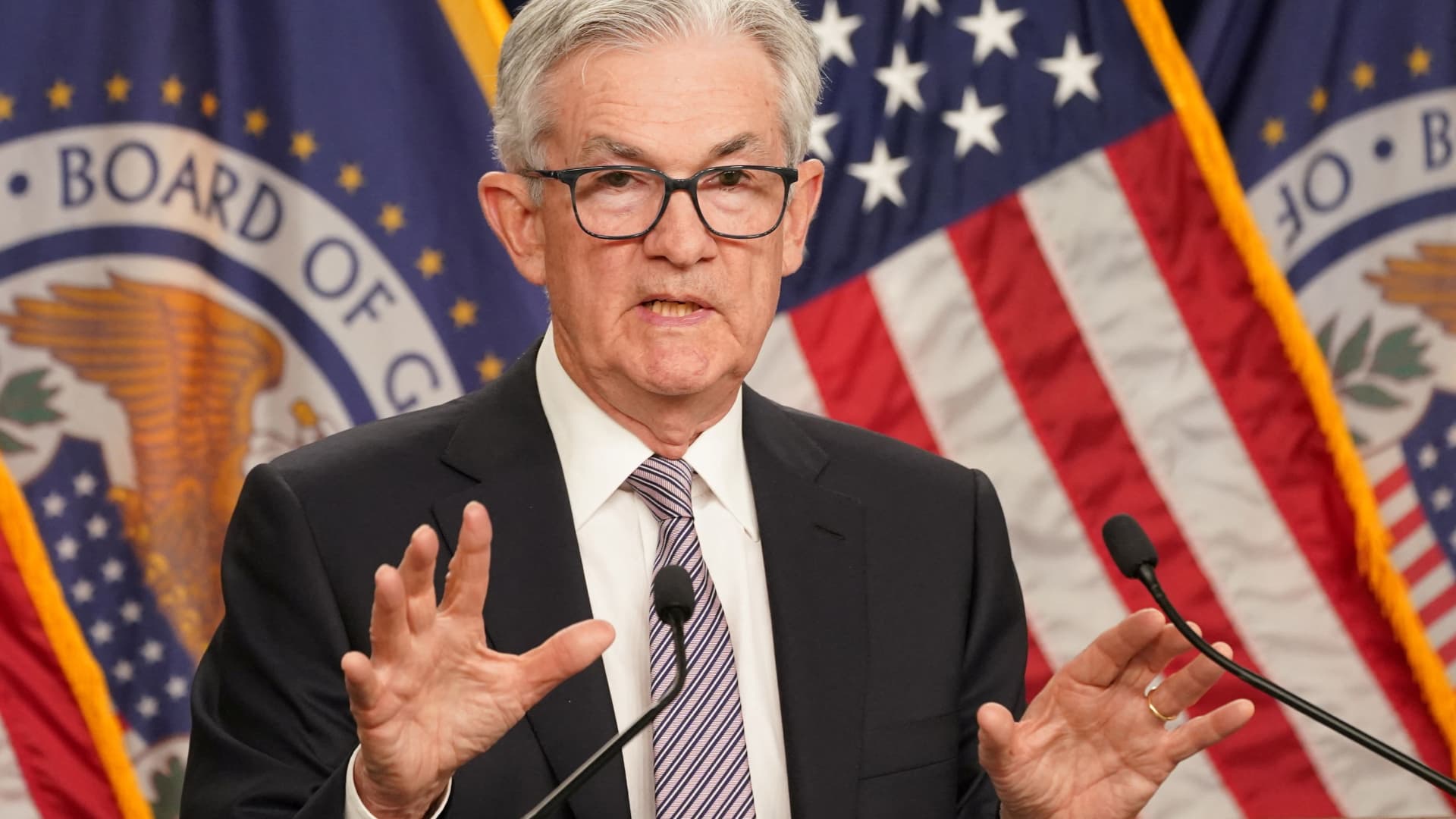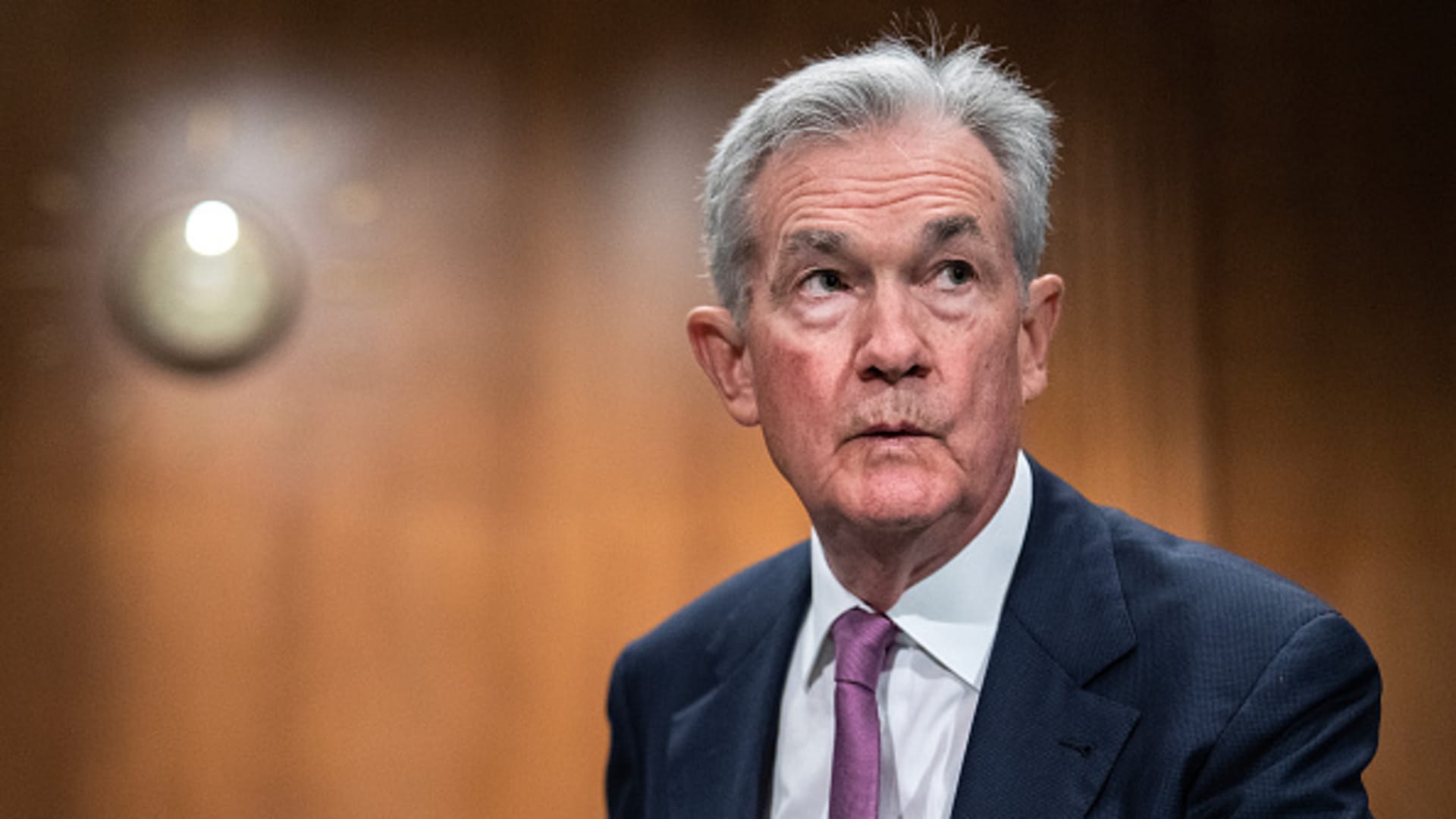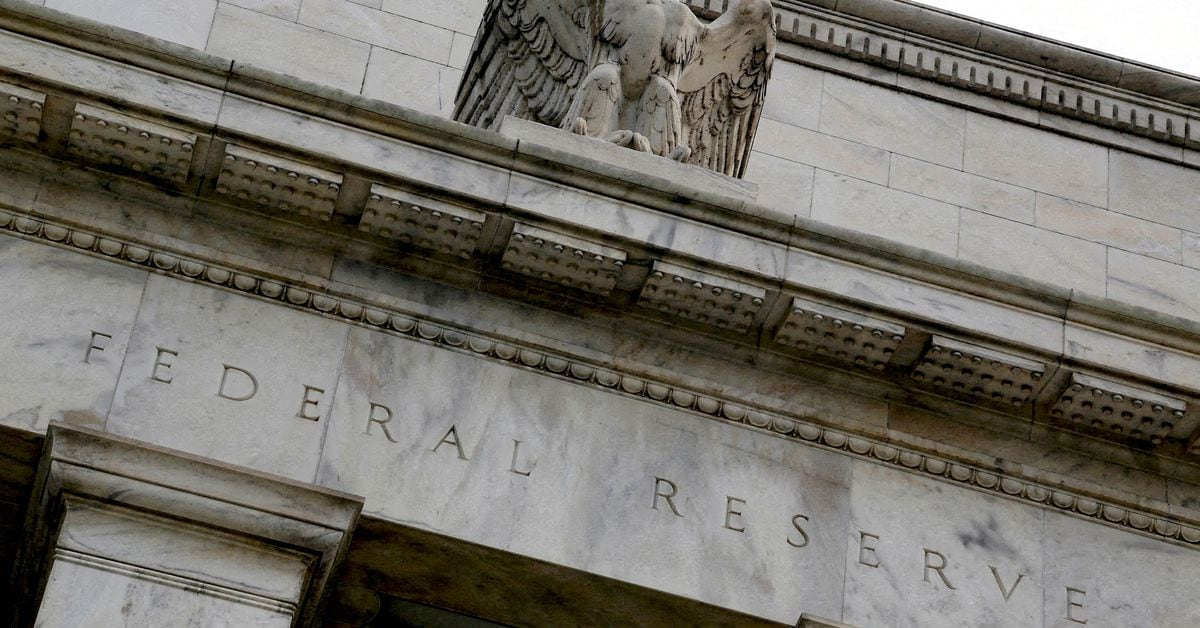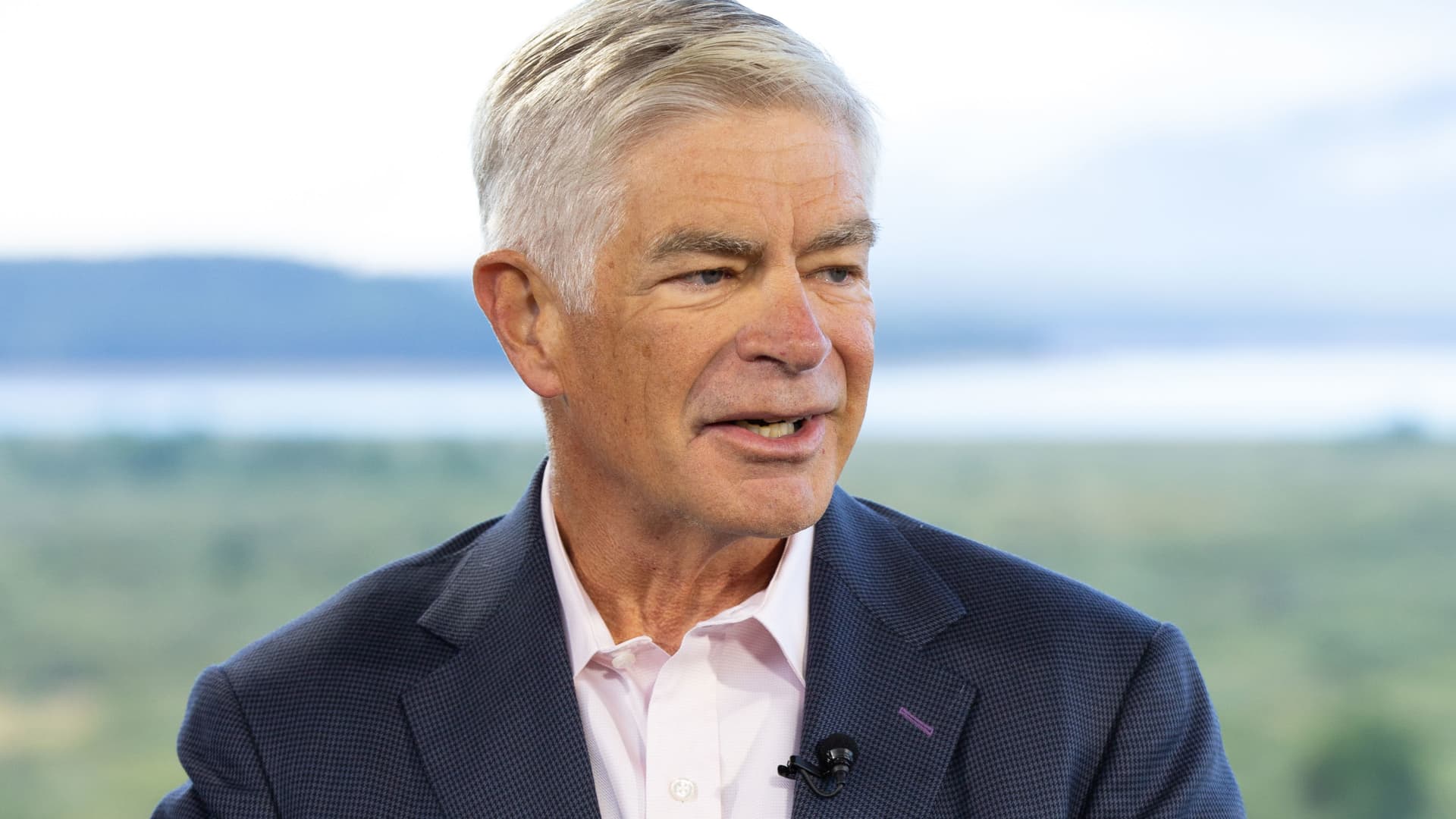Investors are too confident the Federal Reserve will cut interest rates this year and could pay the price later, according to asset management giant BlackRock and others on Wall Street.
Market pricing as of Tuesday morning pointed to the Fed holding its benchmark interest rate at current levels and then starting to reduce as early as July, according to CME Group calculations. Those cuts could total as much as a full percentage point by the end of the year, the firm's FedWatch gauge shows.
That comes despite multiple public statements from central bank officials, who indicated in their "dot plot" unofficial forecast last week that they see probably another quarter percentage point hike and then no cuts at least through the end of 2023.
The expectation for cuts would be consistent with a recession and an accompanying fall in inflation, assumptions that Wall Street strategists think are dubious.
"We don't see rate cuts this year – that's the old playbook when central banks would rush to rescue the economy as recession hit," BlackRock said in its weekly client note. "Now they're causing the recession to fight sticky inflation and that makes rate cuts unlikely, in our view."
...
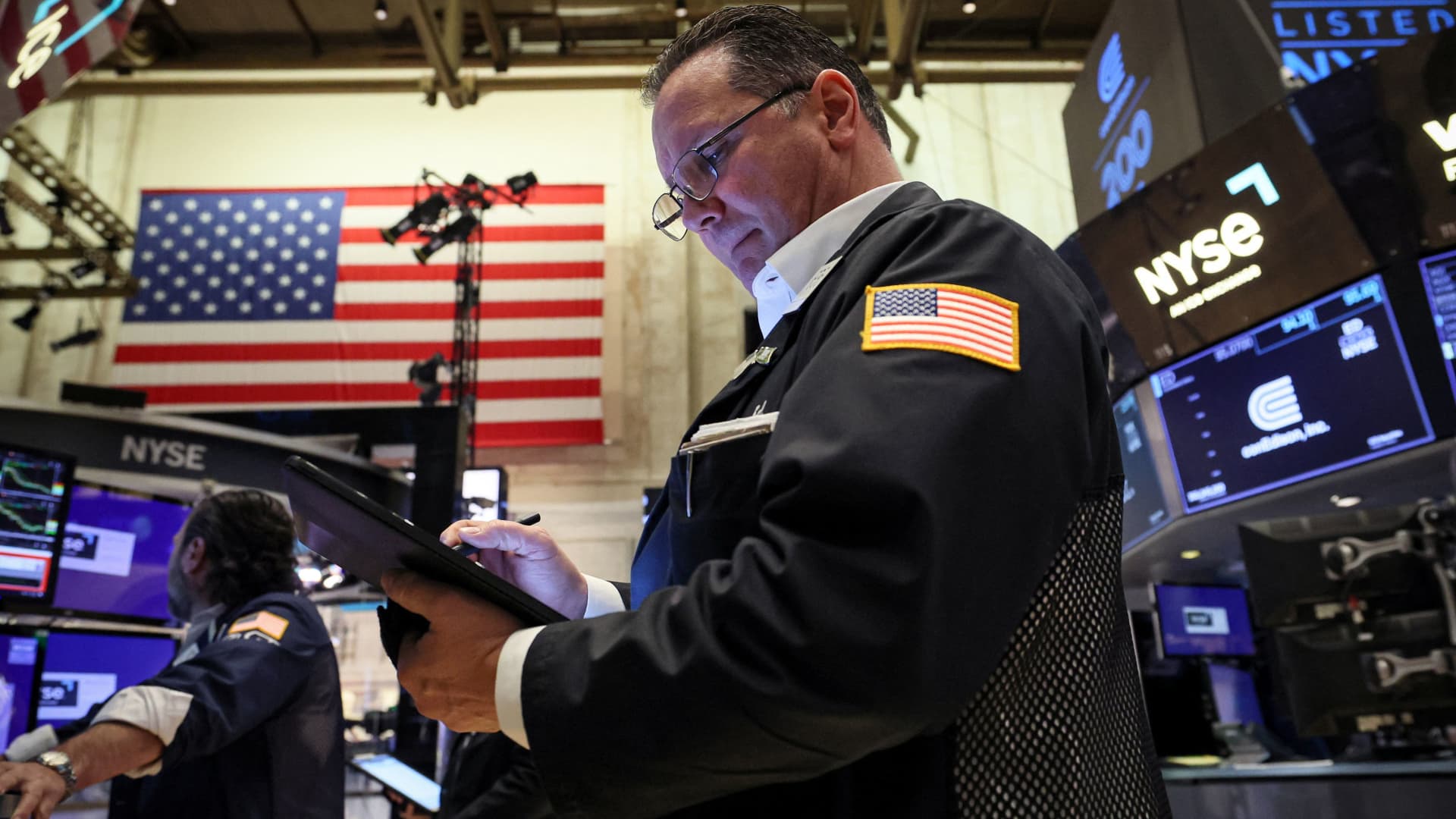
BlackRock warns that investors are making a mistake by betting on the Fed to cut rates
The expectation for cuts would be consistent with a recession and an accompanying fall in inflation.


